On July 22, RoboSense attended the 2025 8th Intelligent Assisted Driving Conference organized by Gaishi Automotive, where they presented a talk titled "The Evolution of LiDAR: A Technological Long March on 'Perception Upgrade'". The presentation highlighted the underlying logic of RoboSense's technological leaps in driving the evolution of the LiDAR industry, product performance, and insights into industry development trends. As a leading enterprise in the LiDAR industry, RoboSense occupies a dominant position in the global automotive LiDAR market, continually breaking industry sales records. According to a report by Gaishi Automotive Research Institute on LiDAR supplier installation volumes, RoboSense ranked first in 2024 with nearly 520,000 units installed, holding the largest market share in automotive LiDAR. The Yole Group's 2025 Global Automotive LiDAR Market Report shows that RoboSense leads the global market with a 26% market share and is the top seller of LiDAR in the global passenger car market for 2024. At the Shanghai Auto Show 2025, over a hundred intelligent models equipped with LiDAR were showcased, with RoboSense's LiDAR models accounting for over 50% of the total. This remarkable market performance is attributed to RoboSense's dedication to stack chip technology over the past decade, achieving the 'three evolutions' of LiDAR. The first evolution milestone involved transitioning LiDAR from precision instruments to automotive-grade mass production. In 2016, during the early days of the LiDAR industry, mechanical LiDAR systems were priced at tens of thousands of yuan, with reliability issues and long lead times. RoboSense initiated several explorations and identified a previously unexploited path for automotive-level mass production: the self-developed automotive-grade 2D MEMS chip. This approach integrated two scanners, two high-precision angular sensors, and mirrors into a MEMS chip the size of a fingernail, overcoming mechanical scanning structure size limitations and providing ample space for height reduction while avoiding increases in thickness due to higher resolution. In June 2021, based on 2D MEMS technology, RoboSense's M platform first product achieved mass production, with the MEMS chip being the only scanner device in the industry to pass the AEC-Q100 automotive reliability certification. Consequently, RoboSense became the first tech company globally to achieve mass production and delivery of automotive-grade smart solid-state LiDAR, with the M platform becoming the most widely used and mass-produced automotive LiDAR platform to date. The second evolution milestone was achieving mass production of all-solid-state LiDAR. In 2017, anticipating industry trends, RoboSense began researching all-solid-state LiDAR platform technology, opting again for innovative paths: the development of a new large-area SPAD-SoC chip to address the expansion issues caused by high sensitivity. In 2022, RoboSense made a breakthrough in SPAD-SoC chip technology, launching the world's first mass-producible automotive-grade solid-state LiDAR platform - the E platform, integrating LiDAR reception and signal processing onto a single chip for the first time globally. This made RoboSense the first LiDAR company to effectively suppress high-reflection expansion issues and achieve mass production of self-developed SPAD-SoC technology. The E platform products have become the preferred choice for several L4 partners deploying solid-state LiDAR solutions for next-generation Robotaxi models, securing an order for 1.2 million units from leading mowing robot company KuMa Technology. The third evolution milestone aims to propel the industry into the era of digital customization. In 2025, LiDAR faces new evolutionary challenges. With the development of intelligent assisted driving technology, customer demand for LiDAR varies, requiring better cost-performance, smaller size, and flexible customization. Additionally, as L3 technology accelerates, automotive partners, as safety responsibility holders, require LiDAR to possess extreme performance, high resolution, and long-range measurement capabilities to accurately identify distant small obstacles. RoboSense is at the forefront of developing a digital LiDAR platform utilizing VCSEL and SPAD chips as core transceiver devices, with an extremely compressed internal structure. They further employed 3D stacking technology to connect SPAD with SoC, enabling digital signal reception and processing within the same architecture, significantly streamlining the entire link structure, reducing power consumption while ensuring complete information integrity, and achieving high-quality point cloud output. The digital solution based on SPAD-SoC and VCSEL chips allows for ultra-high line counts, intelligence, flexible customization, and small size, meeting the design requirements of all types of LiDAR products. In January of this year, RoboSense launched the next-generation digital automotive LiDAR platform - the EM platform, and within three months released several digital new products such as EM4 and EMX, leading the industry into the era of digital customization. The EM4 challenges industry limits, targeting ultra-high-definition perception needs above 500 lines; EMX meets the trend of high-level assisted driving for needs below 500 lines. Currently, RoboSense's customized 520-line ultra-high line count digital LiDAR has been mass-produced, empowering autonomous driving systems with clear and precise environmental detection across all scenarios and becoming the consistent choice for automotive partners deploying L3 solutions. Amid the global upgrade wave in the automotive and robotics industries, RoboSense adheres to its cultural genes of 'innovation, extremity, purity, and pragmatism', continuously innovating and strategically positioning itself in stack chip and digital technology, steadily leading the evolution of the LiDAR industry and providing robust and reliable support for the ongoing intelligent advancement needs of global partners.
RoboSense Showcases LiDAR Evolution at 2025 Intelligent Assisted Driving Conference
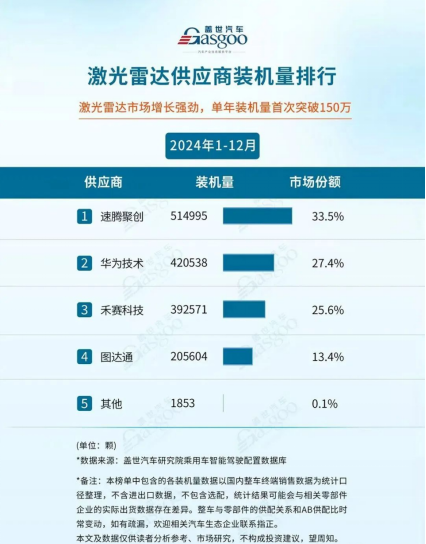
Images
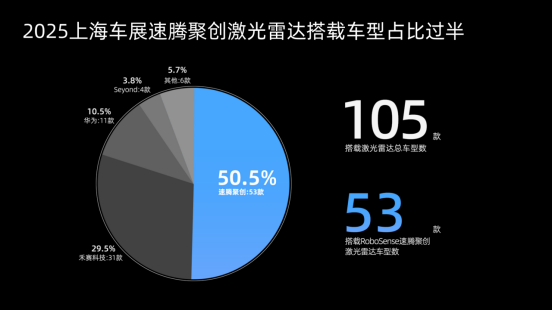
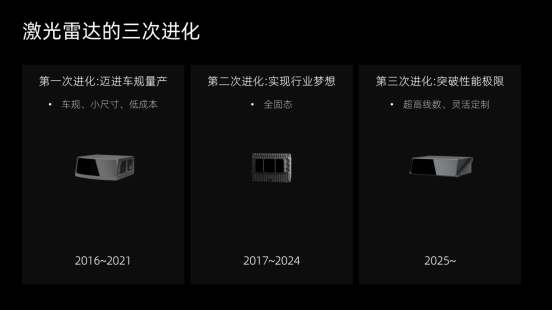
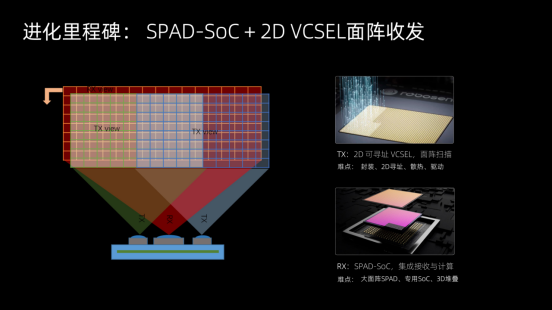
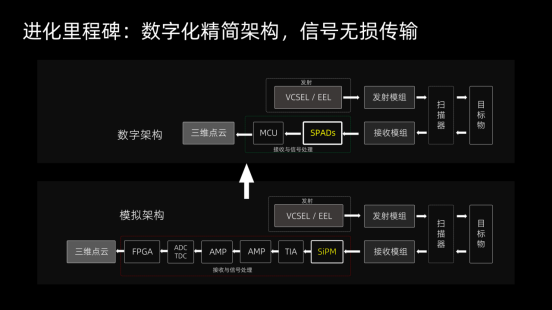

Share this post on: